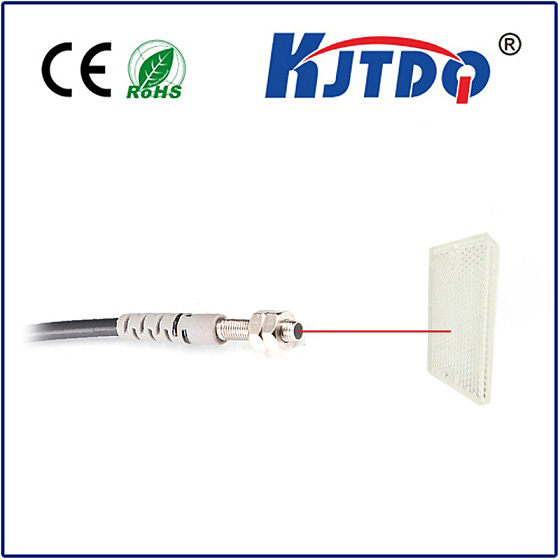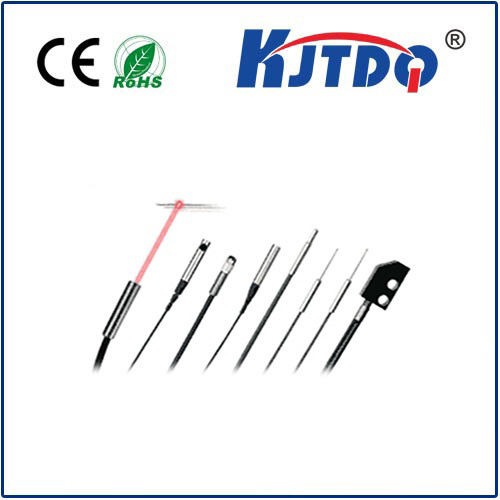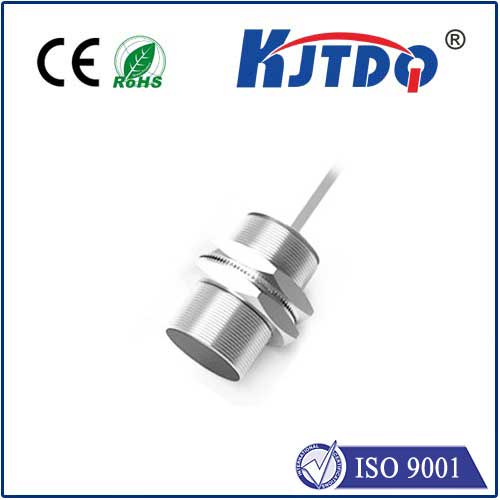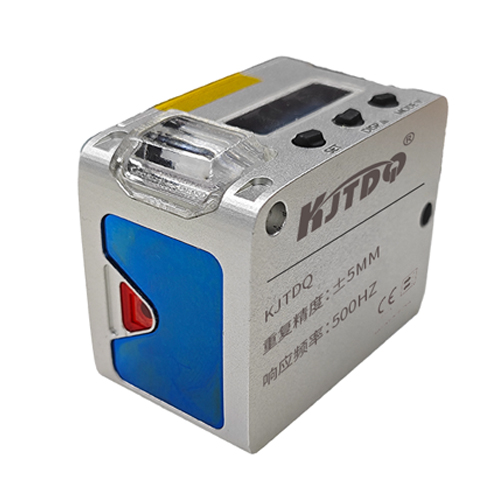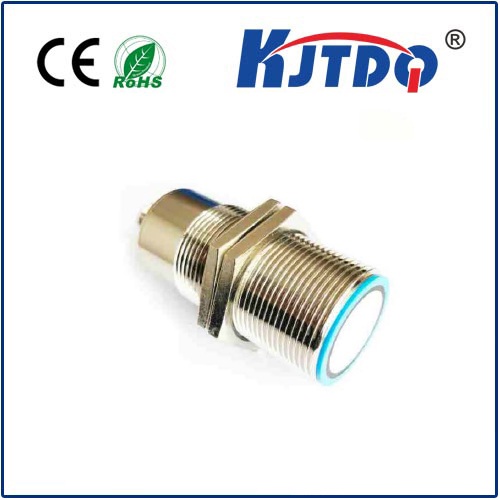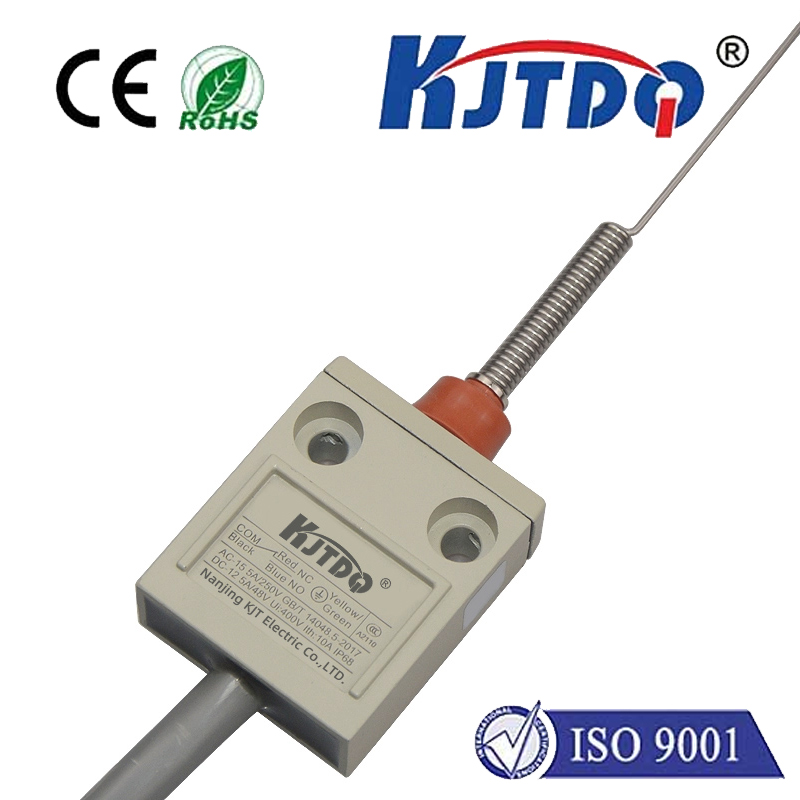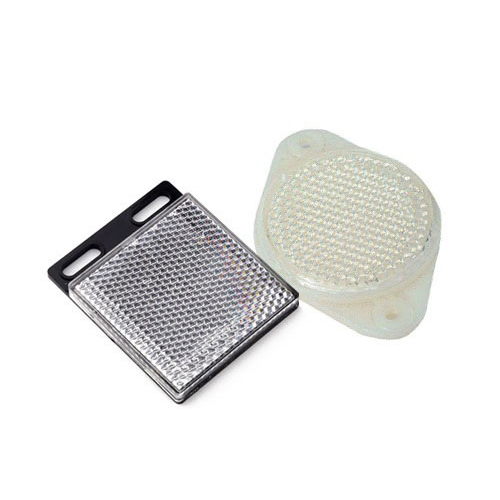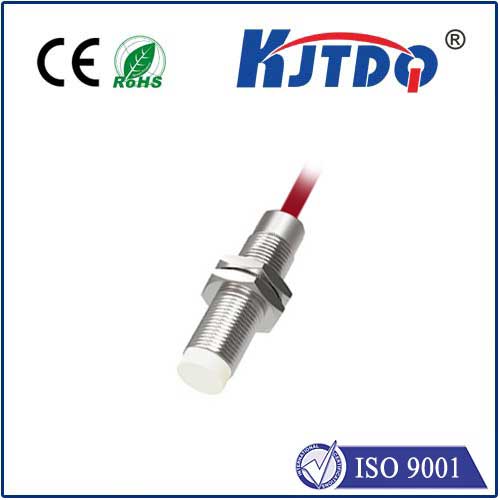BES00M5 high pressure proximity sensor
- time:2025-09-29 22:04:12
- Click:0
Unlock Precision in High-Pressure Environments: The Essential Guide to BES00M5 Proximity Sensors
In the unforgiving realm of industrial automation and hydraulics, where immense pressures reign supreme, sensor failure isn’t just an inconvenience – it’s a potential catalyst for costly downtime, compromised safety, and catastrophic equipment damage. Monitoring critical components within hydraulic cylinders, high-pressure presses, compressors, and fluid power systems demands sensors engineered for resilience and unwavering accuracy. This is where purpose-built solutions like the BES00M5 high pressure proximity sensor step into the spotlight, offering unparalleled reliability precisely where conventional sensors falter.
These sophisticated devices operate on a fundamental yet powerful principle: detecting the presence or absence of a metallic target without any physical contact. They achieve this by generating an electromagnetic field from an oscillator coil within their sensing face. When a conductive metal target enters this field, eddy currents are induced on the target’s surface. These currents absorb energy from the oscillator, causing it to oscillate less – a change detected by the sensor’s internal circuitry. This detection triggers an output signal, typically switching state (ON/OFF), providing a crucial digital indication of the target’s position. The key advantage? Zero mechanical contact means zero wear, ensuring exceptionally long service life and consistent performance.

What truly sets the BES00M5 high pressure proximity sensor apart is its specialized engineering to thrive under crushing force. Standard inductive sensors can deform, leak, or simply malfunction when subjected to the extreme pressures common in hydraulic systems (often operating at several hundred bar). The BES00M5 tackles this head-on with critical design features:
- Robust, Pressure-Rated Housing: Constructed from high-grade stainless steel or similarly rugged alloys, the sensor body is designed to withstand immense external pressure without collapsing or deforming. This structural integrity is paramount for maintaining precise sensing distances and preventing catastrophic failure.
- Advanced Sealing Technology: Achieving a hermetic seal is non-negotiable. The BES00M5 employs cutting-edge sealing methods, such as laser welding the sensing face to the body or using specialized high-pressure O-rings and sealing compounds. This prevents hydraulic fluid ingress under extreme pressure, protecting sensitive internal electronics and ensuring reliable operation. IP67, IP68, or even IP69K ratings are common, guaranteeing protection against dust, high-pressure water jets, and submersion – essential for washdown environments common with hydraulics.
- Optimized Sensing Face Design: The face is specifically reinforced or designed to minimize deflection under pressure, maintaining the critical relationship between the sensor coil and the target for consistent switching points.
- Temperature Resilience: High-pressure environments often generate significant heat. The BES00M5 is engineered to maintain stable operation over a wide temperature range, ensuring signal integrity isn’t compromised by thermal fluctuations inherent to pressurized systems.
The core value proposition of the BES00M5 lies in delivering critical data where others cannot:
- Reliability is King: Its pressure-proof design ensures consistent switching and signal output, even in the harshest conditions, drastically reducing unplanned downtime. Predictable performance translates directly to operational efficiency.
- Precision You Can Trust: Engineered for minimal pressure-induced deflection, the BES00M5 maintains accurate and repeatable switching distances. This precision is vital for tasks like monitoring hydraulic cylinder end positions or verifying valve actuation.
- Built to Endure: The combination of robust materials and superior sealing grants exceptional resistance to shock, vibration, aggressive fluids (like hydraulic oils and coolants), and physical impacts. Longevity reduces total cost of ownership.
- Safety Assurance: Providing reliable feedback on critical machine states (e.g., “cylinder fully retracted,” “safety guard closed”) is fundamental for safe operation. The BES00M5’s robustness directly contributes to safer industrial environments.
- Immune to Contaminants: Unlike mechanical limit switches that can jam or optical sensors that can fog or become obscured, the non-contact inductive technology of the BES00M5 remains largely unaffected by dirt, oil, or moisture – as long as the sensing face is kept reasonably clean.
Where is the BES00M5 High Pressure Proximity Sensor indispensable? Its applications are legion wherever force is concentrated:
- Hydraulic Cylinder Positioning: Accurately detecting piston rod position at end-of-stroke within hydraulic cylinders is a primary function. Reliable feedback here is crucial for control loops and preventing cylinder overstroke damage. Mounted directly on the cylinder body, it withstands the internal fluid pressure.
- High-Pressure Valve Monitoring: Confirming the open/closed status of valves handling pressurized fluids in power plants, chemical processing, and oil & gas applications.
- Die Casting & Molding Machines: Monitoring core pulls, ejector pins, and clamp positions in injection molding and die casting presses, where pressures can be extreme.
- Press Brakes & Punch Presses: Detecting tooling positions or verifying material presence before a high-force cycle begins.
- Compressors & Pumps: Monitoring piston position in reciprocating compressors or verifying shaft rotation on high-pressure pumps.
- Test Stands & Material Testing: Providing position feedback in systems applying and measuring immense forces.
Effective deployment requires attention:
- Mounting: Follow manufacturer specifications for correct mounting depth and orientation relative to the target. Avoid excessive mounting torque that could distort the housing or sensing face.
- Target Material: Ferrous metals (steel, iron) provide the optimal sensing distance. Non-ferrous metals (aluminum, brass, copper) require a shorter sensing range (typically 60-70% of the rated range). Ensure the target is large enough and enters the sensing field perpendicularly.
- Sensing Distance: Understand the sensor’s “rated operating distance” (Sn) under actual pressure conditions. Pressure can slightly influence the optimal sensing gap – consult manufacturer data.
- Electrical Connection: Use shielded cables, grounded properly at the controller end, to minimize electrical noise interference. Ensure polarity (for DC versions) and voltage levels are correct. PNP or NPN output configurations must match the controller’s input requirements.
- Protection: While built tough, physically protecting the sensor body and cable from severe impact or abrasion is always wise. Use conduits or protective sleeving where necessary.
In demanding environments where pressure isn’t a challenge but a defining characteristic, settling for standard sensors invites risk. The BES00M5 high pressure proximity sensor stands as a robust, reliable, and precise solution, engineered from the ground up to deliver critical position feedback under conditions that render conventional sensors inadequate. When the integrity of your high-pressure systems hinges on accurate sensing, investing in a sensor designed for the task – like the proven BES00M5 – is not just prudent, it’s essential operational insurance. For engineers and maintenance professionals tasked with maximizing uptime and safety in pressurized applications, identifying the optimal mounting points and integrating this workhorse proximity sensor paves the way for smoother, more reliable, and ultimately more profitable operations.






